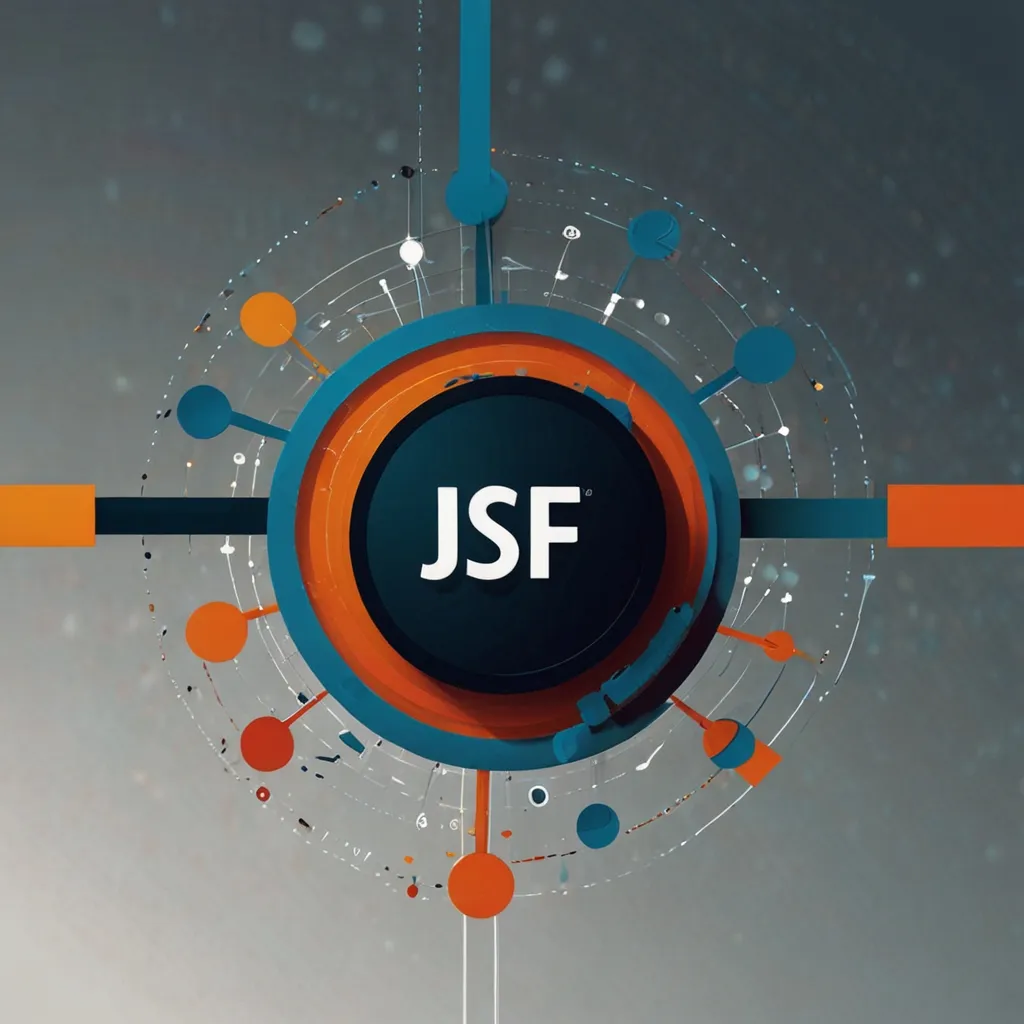How to Get Started with Revel - A High-Octane Web Framework for Go Developers
Thinking about getting your feet wet in the world of web development using Go? You’re in luck! Enter Revel, the turbocharger your Go programming could use. Revel is a fully-packed, high-productivity web framework designed to ease the hurdles of building and deploying web applications. Here’s the lowdown on how to get rolling.
First, you’ll need to install Go on your machine. If that’s not done yet, head to the official Go site and follow their installation guide. This process takes care of setting up key environment variables, specifically GOROOT and GOPATH. These are pivotal for managing your code and dependencies.
Now, let’s get GOPATH sorted. Think of GOPATH as the home where your Go code lives. Kick things off by creating a directory for your Go code:
mkdir ~/gocode
Tell Go to use this as your GOPATH:
export GOPATH=~/gocode
And make sure this setting sticks around for future sessions:
echo export GOPATH=$GOPATH >> ~/.bash_profile
Depending on the shell you use, modify the command to update the correct configuration file (like ~/.bashrc or ~/.zshrc).
For Revel to do its thing, Git and Mercurial need to be in your toolkit. Go ensures its dependencies via go get, which calls for these version control systems. Make sure they’re installed.
Now for the exciting part—installing Revel. You’ll need the Revel command-line tool, installed via:
go install github.com/revel/cmd/revel@latest
This will clone Revel into your GOPATH and install all needed dependencies.
Don’t forget to include $GOPATH/bin in your PATH. This makes it possible to call the revel command from anywhere:
export PATH="$PATH:$GOPATH/bin"
To check everything is cool, type:
revel
This should display usage instructions for the revel command.
With everything installed and ready, let’s create your first Revel application. Use:
revel new my-app -a
A new directory named my-app will be created, and the server will start. Pop open your browser and head to http://localhost:9000. That triumphant “It works!” message signals that you’re on the right track.
What makes Revel stand out? Several core features ensure it holds its own in the crowded framework market.
Hot Code Reload
A standout feature is Revel’s hot code reload capability. This means as you tweak and save your code, Revel instantly updates it in your browser. No manual server reboots needed! If you hit a snag and the code doesn’t compile, Revel’s error messages help you pinpoint the problem.
Comprehensive Framework
Revel brings a comprehensive suite of tools to the table: routing, parameter parsing, validation, sessions and flash management, templating, caching, job running, a testing framework, and internationalization support. These shape it into an all-in-one toolkit for web development.
Filters and Middleware
Another gem is Revel’s architecture, built on composable middleware known as filters. Nearly all request processing is down to these filters, which you can replace with your custom implementations. This flexible modular approach means you can tailor the framework to your needs.
Modules and Reusability
Revel introduces modules, reusable MVC components that can be employed across various projects. This means less repetitive copy-pasting and more consistent, efficient coding.
Dependency Management
With Revel, managing dependencies is easy-breezy thanks to go mod. This essential tool ensures consistent builds, making project management straightforward.
Now, once you’ve created your app, you’ll use several commands to build, run, and package it. Common commands include:
- Build:
revel build my-app - Run:
revel run my-app - Package:
revel package my-app - Test:
revel test my-app
These tools simplify the journey from development to deployment.
A Peek into Application Structure
A typical Revel app follows a specific directory layout, which makes it organized and intuitive:
my-app/
├── app/
│ ├── controllers/
│ ├── models/
│ ├── views/
│ └── init.go
├── conf/
│ ├── app.conf
│ └── routes
├── messages/
│ ├── lang/
│ └── lang.sample
├── public/
│ ├── css/
│ ├── js/
│ └── img/
├── tests/
│ ├── apptest.go
│ └── integrationtest.go
└── main.go
Here’s the breakdown:
- app: Contains controllers, models, and views.
- conf: Houses your configuration files.
- messages: Keeps internationalization messages.
- public: Contains static assets like CSS, JavaScript, and images.
- tests: Includes unit and integration tests.
- main.go: The entry point of the application.
In conclusion, Revel is a powerhouse of a web framework for Go developers. From its hot code reload feature to its modular architecture, Revel is built to enhance productivity and flexibility. This makes it a fantastic choice whether you’re crafting a simple project or a complex enterprise solution. So, follow these steps, dive into those core features, and let Revel propel your web development endeavors.






